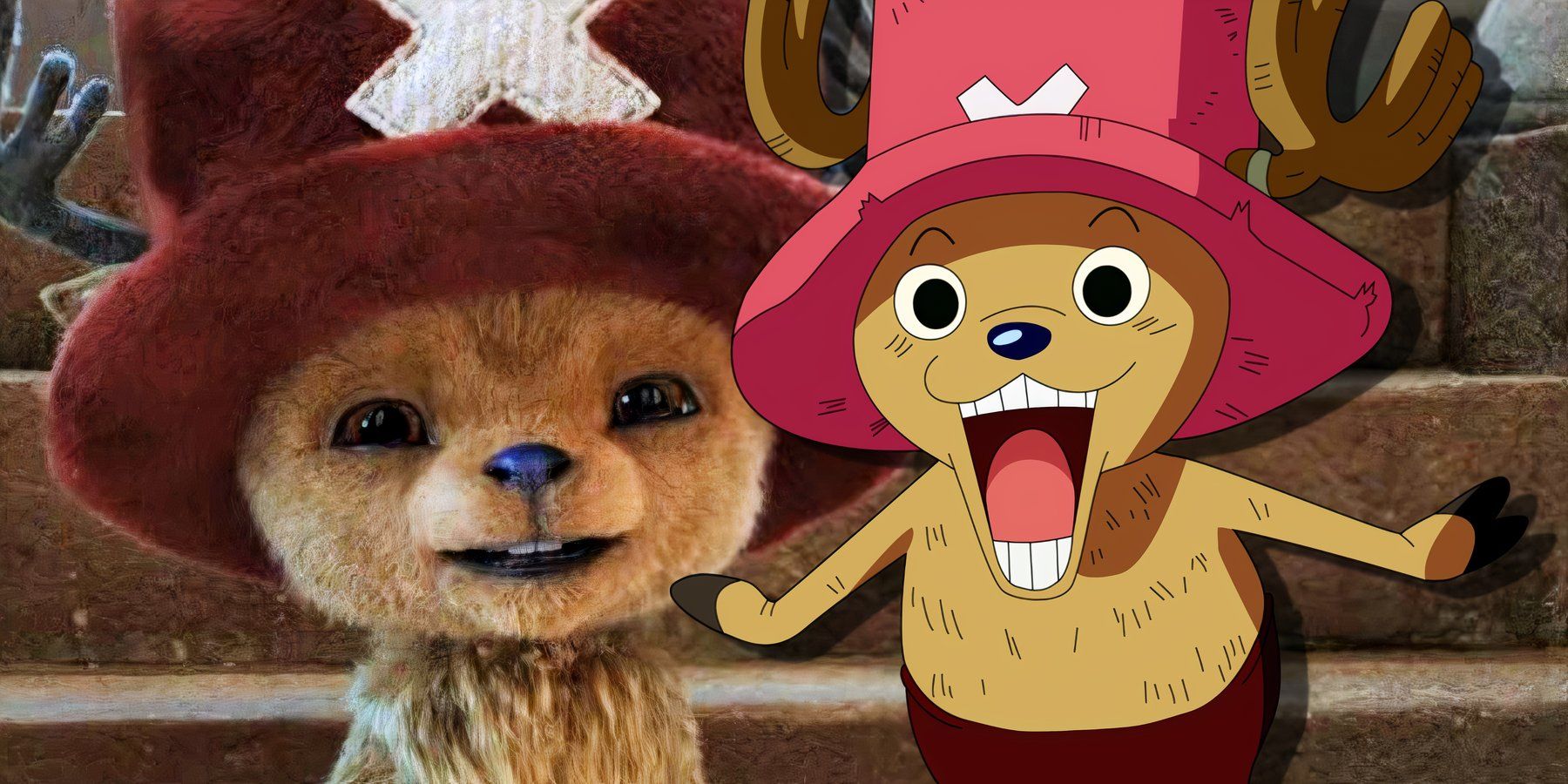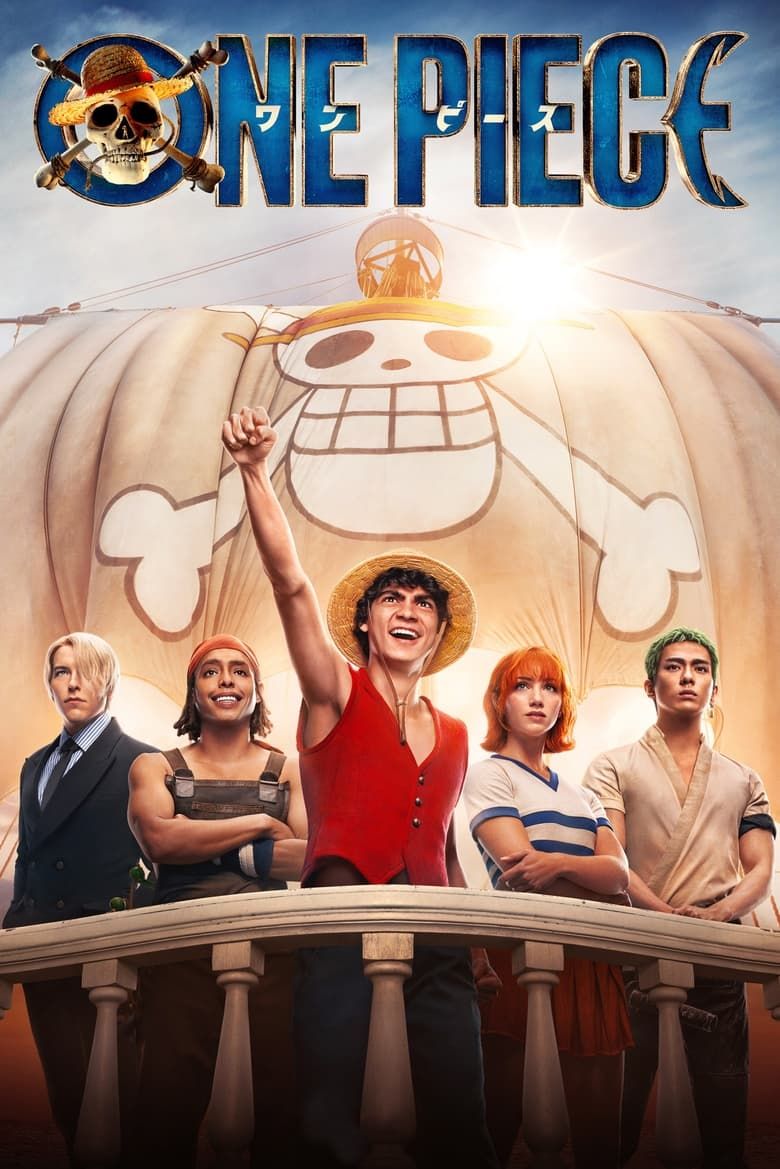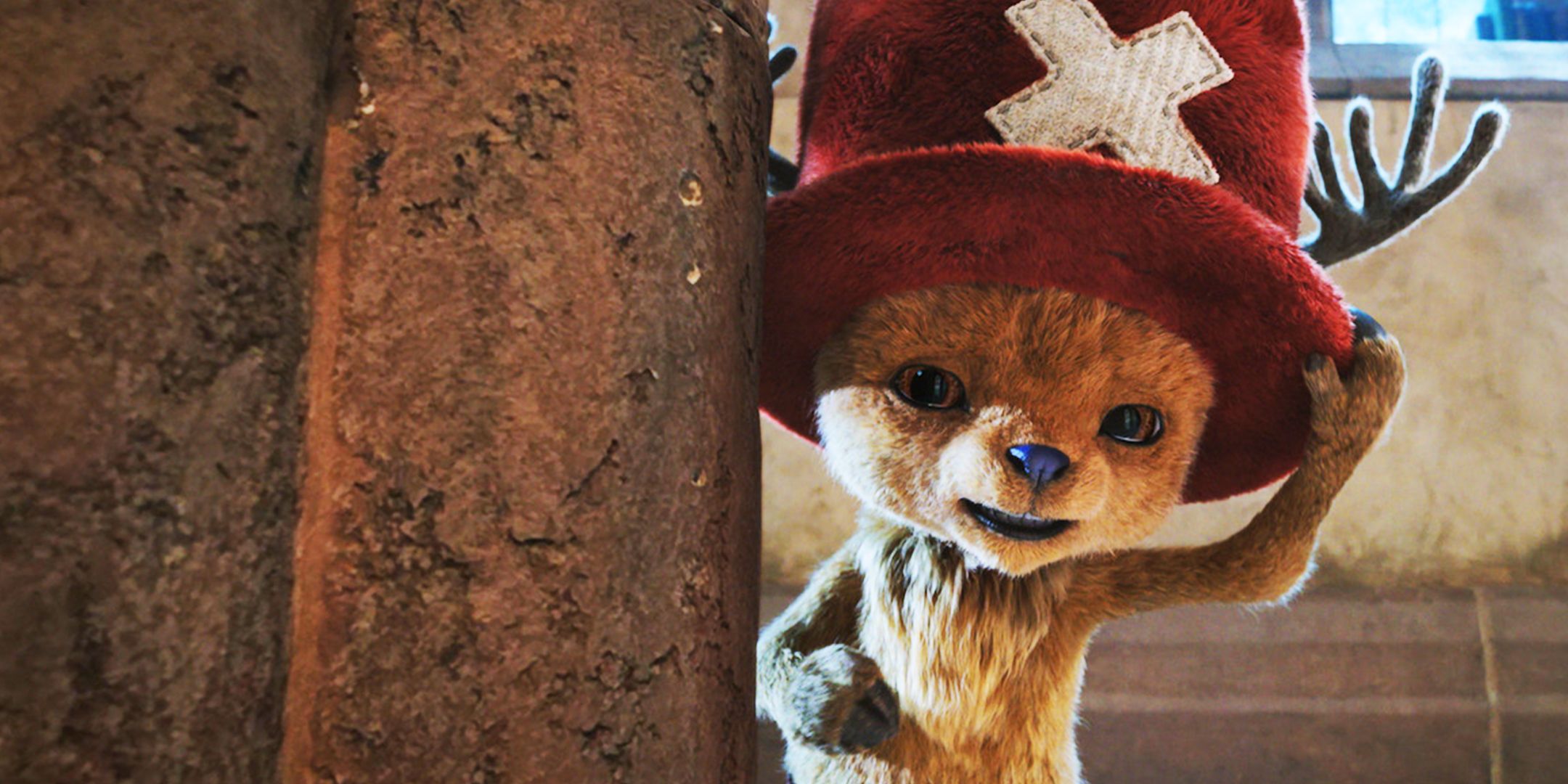As we eagerly anticipate <em>One Piece</em> season 2, it’s clear that the Netflix live-action adaptation faces significant challenges in effectively translating the beloved anime and manga into a live-action format. While One Piece season 1 excelled as a fresh take on an iconic series, it merely skimmed the surface of the expansive universe filled with intricate narratives and diverse characters. With over 1000 chapters remaining in the original manga, the creators will likely not cover the entirety of the story. Nevertheless, many pivotal moments from the manga are approaching fast, and fans are eager to see how these will be depicted.
The narrative will delve into captivating mysteries, such as those involving Enel and the critical quest to rescue Nico Robin. I genuinely hope that Netflix’s One Piece continues to flourish beyond the Arabasta arc. While the adaptation has made notable alterations to the source material, most of these changes have been justifiable within the adaptation’s framework. I am less concerned about the artistic choices moving forward, but I am particularly curious about how the live-action series will tackle its most formidable challenge – effectively portraying the larger-than-life, fantastical characters as depicted in the manga.
Adapting Chopper: The Initial Challenge for Netflix’s One Piece Characters
Challenges Escalate After Arabasta
While I believe that the live-action rendition of Chopper is visually impressive, the fact that he has become a focal point since the confirmation of season 2 highlights the necessity for the show to accurately portray these complex characters. Regrettably for Netflix’s One Piece, Chopper represents the initial challenge of many characters who will demand substantial visual effects or intricate prosthetic work to transition from the manga pages to the screen. The adaptation of Chopper has already proven to be a challenging endeavor, and the complexity is expected to increase as more characters are introduced.
Focusing on Luffy’s crew alone, we have yet to meet pivotal characters like Franky, a unique cyborg with fascinating proportions, Brook, a walking skeleton, and Jinbe, a large fish-man. Even if One Piece doesn’t extend long enough to encapsulate all the other Straw Hat pirates, there are numerous antagonists and supporting characters requiring extensive VFX to bring them to life. Additionally, Chopper will remain a core member of the crew, necessitating his presence in various scenes and episodes unless the future seasons develop creative ways to limit his appearances.
One Piece season 3, which is highly anticipated and expected to be announced soon, is anticipated to cover the Arabasta arc.
I’m excited to envision how characters like Gecko Moria, Bartholomew Kuma, and Magellan will be adapted into live-action. One Piece creator Eiichiro Oda possesses a distinctive artistic style, particularly regarding character proportions. The One Piece universe is rich with a variety of species and classes, implying that the live-action adaptations cannot adopt a one-size-fits-all approach. Naturally, not every design from the manga can be faithfully recreated in live-action due to various constraints, which will pose an ongoing challenge for the production team.
My Enthusiasm Grows With Chopper’s First Look in Netflix’s One Piece
Anticipating the Visual Representation of Other Key One Piece Characters
Our initial glimpse of Chopper has been delightful – he appears as realistic as possible for a CG reindeer endowed with humanoid traits, and his design effectively blends characteristics from classic early manga Chopper, pre-time skip anime Chopper, and the modern iteration of the character. It may take some time for devoted anime fans accustomed to either the Japanese voice or the American dub of Chopper to acclimate to his new voice in One Piece season 2. Nevertheless, I found Mikaela Hoover’s portrayal of Chopper to sound impressive based on the snippets we have heard.

Related
One Piece Creator Addresses Tony Tony Chopper’s Live-Action Design, Hinting at “the Key to Season 2”
With all eyes on Netflix’s interpretation of Chopper, One Piece creator Eiichiro Oda has finally shared insights regarding the beloved pirate’s live-action entrance.
Netflix’s One Piece has also excelled in its use of prosthetics, costumes, and practical effects to bring characters to life. The fish-men portrayed in season 1 were visually stunning, and Arlong managed to convey a sense of menace, even with his relatively smaller, more realistic proportions compared to his manga depiction. If the series continues to strike a balance between innovative visual effects and practical approaches, I am confident that One Piece‘s subsequent seasons will effectively handle the challenges posed by characters like Chopper in captivating and innovative ways.


[nospin]Here you can find the original article; the photos and images used in our article also come from this source. We are not their authors; they have been used solely for informational purposes with proper attribution to their original source.[/nospin]






